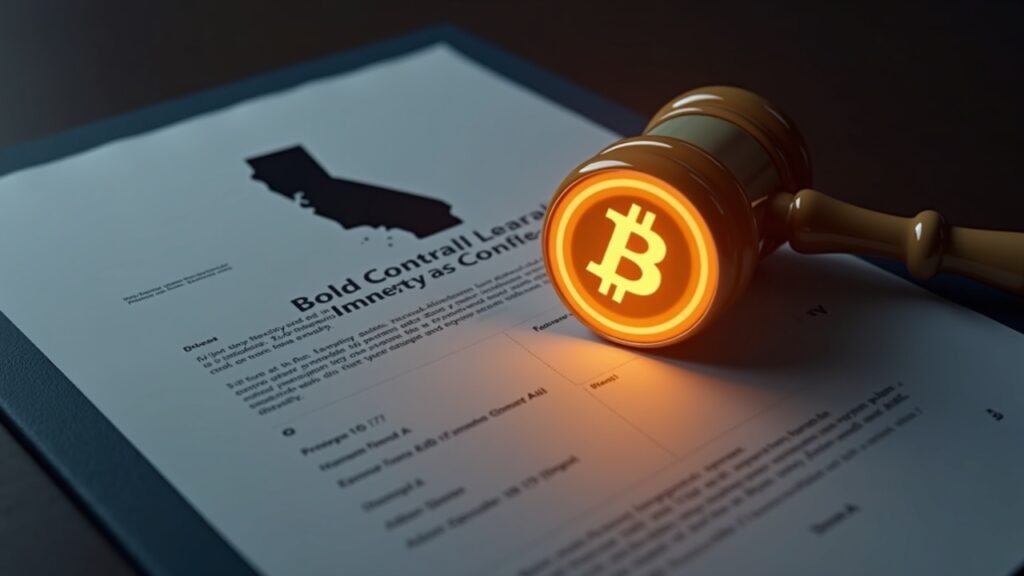California Governor Gavin Newsom has signed bill SB 822. This key legislation preserves abandoned cryptocurrencies in the state. Unlike other regions, SB 822 facilitates abandoned Bitcoin recovery by prohibiting its immediate liquidation. The assets must be held in their original format for a specific period.
The law updates California’s Unclaimed Property Law (UPL). It defines that cryptocurrencies are considered abandoned after three years of inactivity on a custodial platform. Inactivity is broken by simple owner actions. These include logging in, making deposits, withdrawals, or any transaction. Importantly, non-custodial wallets are not affected by this regulation.
Once an asset is legally considered abandoned, the custodian (like an exchange) must notify the owner. This must occur at least six months before handing the assets over to the state. The law represents a significant step forward in legal clarity for custodians and crypto holders.
California makes a difference: Bitcoin will not be sold
This legislation arises to modernize outdated laws. SB 822 represents a milestone in the regulation of the digital economy. Its importance lies in how it differs from other state laws. In states like Illinois, cryptocurrencies are immediately liquidated for cash upon transfer to the state. This creates administrative problems for exchanges.
The immediate liquidation model fundamentally harms long-term investors, or “HODLers.” If an investor reclaims their property years later, they only receive the dollar value from the time of liquidation. This “undermines the custodial nature” of crypto assets, according to legal experts. Such a model ignores market fluctuations and harms the owner. Furthermore, it creates a high risk of litigation against the state from angry investors who watch their assets appreciate after the forced sale.
Will investors be able to recover 100% of their crypto?
The fundamental change with SB 822 is asset preservation. Cryptocurrencies transferred to the state will not be converted to fiat currency immediately. Instead, they will be delivered in their original format (Bitcoin remains Bitcoin) to a state-designated custodian. The state can only sell the cryptocurrency after 18 months if it deems it necessary or beneficial.
This “in-kind recovery” model is vital. Eric Peterson, from the advocacy group Satoshi Action Fund, highlighted the benefit. He stated that “the state will return their bitcoin in bitcoin.” This is crucial. If Bitcoin was seized at $50,000 and the owner reclaims it when it is worth $150,000, they will recover the Bitcoin, not the $50,000.
This law drastically reduces risks for investors in California. If an owner reclaims their assets, they will not lose future market appreciation. Paul Grewal, Chief Legal Officer at Coinbase, praised the new law. He called it a step in the right direction to protect investors’ rights.
California’s legislation could influence how other states regulate abandoned Bitcoin recovery. Although the law only applies to custodial platforms, it reinforces the idea of “not your keys, not your coins.” However, for those who use custodians, this law offers a safety net that did not exist before. It represents a significant advancement in reconciling traditional property laws with the digital age.

